Senior Design 2024
BE Showcase (Hybrid) - April 19, 2024 Archive
Click for Link to pdf program
A Showcase of the Program and Students
April 19, 2024
Presented by
Faculty and Students in the Biosystems Engineering Program
College of Engineering & College of Agriculture and Natural Resources
Michigan State University
Design Day Poster Session 1st floor Engineering Building
- 8:00-10:00 am
Individual Senior Design Team Evaluations (Industry Advisory Board, Industry Evaluators, and Project Sponsors by Invitation Only)
- 10:30-11:00 am & 11:15-11:45 am Individual Senior Design Team Evaluations
BE 230 Poster Session 1st floor Farrall Hall
- 12:35-1:30 pm
Photo from BE Showcase Senior Design Public Presentations 2023
Hybrid Senior Design Team Presentations (Open to all – no registration required)
- 1:00 Team Consumers Energy - Consumers Energy (project under Non-Disclosure Agreement) - A Networked Geothermal Energy System for Residential and Industrial Consumption: Design and Analysis
- 1:10 Team Grobbel - E.W. Grobbel (project under Non-Disclosure Agreement) - Excess Brine Reduction in Continuous Corned Beef Production
- 1:20 Team GEI - GEI Consultants - Ford Cove Shoreline Stabilization and Restoration
- 1:30 Team S.L.U.D.G.E - Glanbia Nutritionals (project under Non-Disclosure Agreement) - Process Modeling for a Wastewater Treatment Plant
Break from 1:40-2:00
- 2:00 Team Stryker - Stryker (project under Non-Disclosure Agreement) - Medical Device Irrigation System Innovations
- 2:10 Team Chestnut Crew - Nash Nurseries - In Vitro Growth Chamber for Imported Chestnut Tissue
- 2:20 Team MDARD – Michigan Department of Agriculture and Rural Development - Regulatory feed sampling process and ergonomics improvement
- 2:30 Team Cheddar Masters - Tillamook (project under Non-Disclosure Agreement) - Curd Feed Rate Optimization for Improved Cheese Consistency and Operational Efficiency
2:40 pm - 2:50 pm - Acknowledgements and Wrap up (Dr. Brad Marks & Laura Doud)
3:00 pm - Senior Design student reception 114 Farrall
2024 Senior Design Projects and Teams
Team Consumers Energy - Consumers Energy (project under Non-Disclosure Agreement) - A Networked Geothermal Energy System for Residential and Industrial Consumption: Design and Analysis

Sponsor – Consumers Energy (project under Non-Disclosure Agreement)
Faculty Advisor – Dr. Chris Saffron
Consumers Energy has sponsored an MSU BE senior design project to explore the feasibility of geothermal energy within Michigan to reach their company goal of net zero greenhouse gas emissions by 2050. The team’s final deliverable is a model that shows the economic, environmental, and design requirements for a networked geothermal energy system. The geothermal system will utilize the existing right-of-way to house a piping network that will provide heating and cooling for 32 homes and one industrial facility in Ingham County. Consistent subsurface temperatures of 55°F enable a reversible heat pump to provide heating during winter months and cooling during summer months. Results show a system installment to have a capital cost of $2.5 million and a levelized cost of energy of $48/mmBTU. By eliminating the use of natural gas for heating, Consumers Energy’s greenhouse gas emissions could be reduced by approximately 80%.
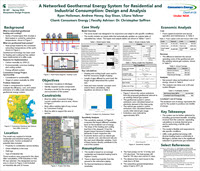
Team Grobbel - E.W. Grobbel (project under Non-Disclosure Agreement) - Brine Reduction in Continuous Corned Beef Processing
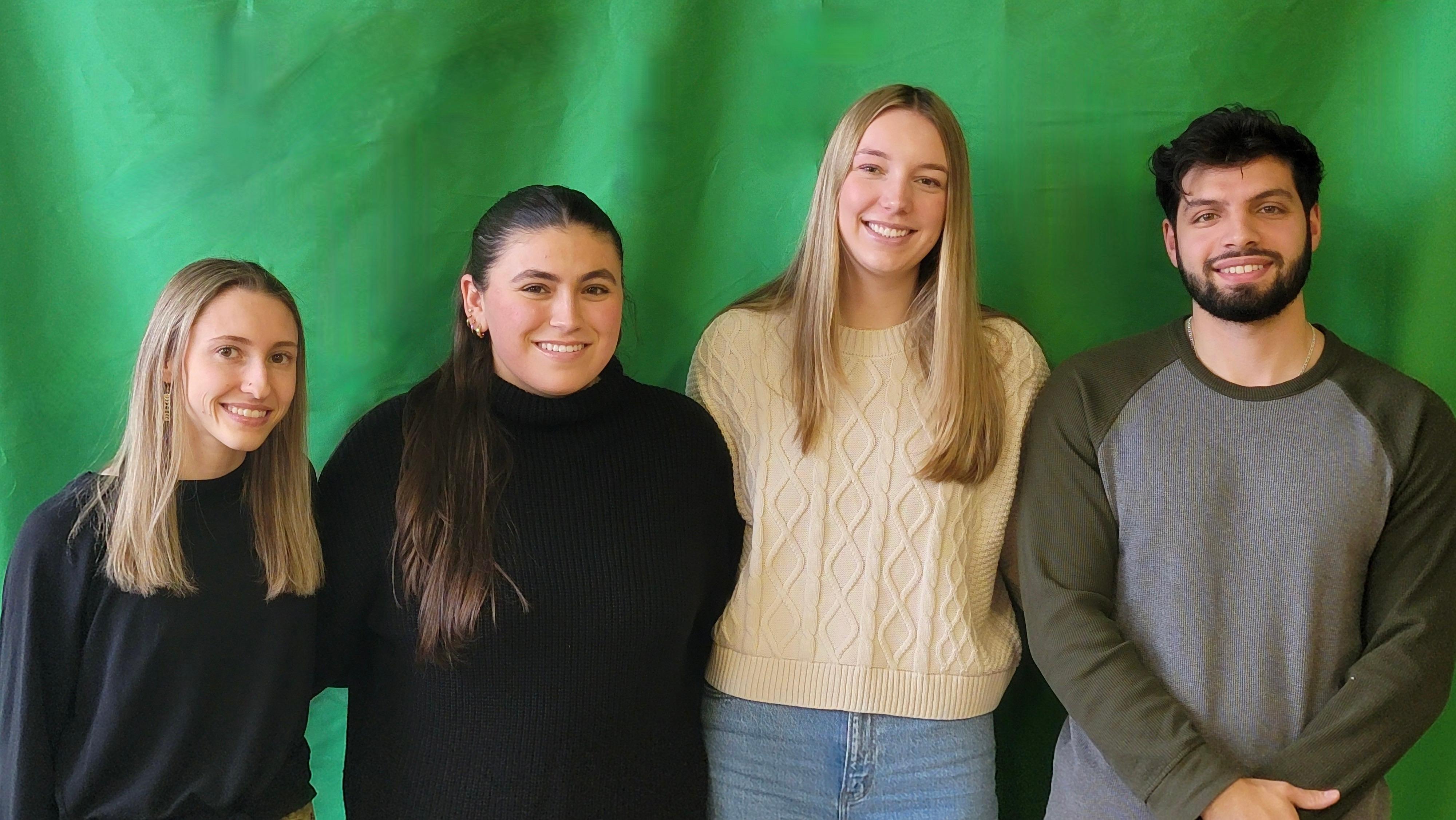
Sponsor – E.W. Grobbel (project under Non-Disclosure Agreement)
Faculty Advisor – Dr. Kirk Dolan
Grobbel desires to reduce purge from 10% to 5% in packaged corned beef products, from their Institutional Continuous process line. Purge is the reddish colored liquid that accumulates at the bottom of packaged meat products. While purge has no effect on the meat quality or safety, it has an undesirable perception in the customer’s eye. The team’s final design extended the system’s press conveyor to help remove additional liquid not retained by the product. The team replaced the current vibratory and press conveyor with a 10 ft long conveyor containing (15) 6 in diameter rollers. The modified system will have a one-time capital cost of $59,000 and will save the company $60,000 per year in labor. The design reduces purge while maintaining current throughput.
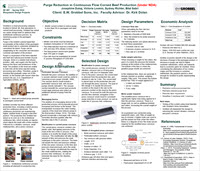
Team R^3 - GEI Consultants - Ford Cove Shoreline Stabilization and Restoration
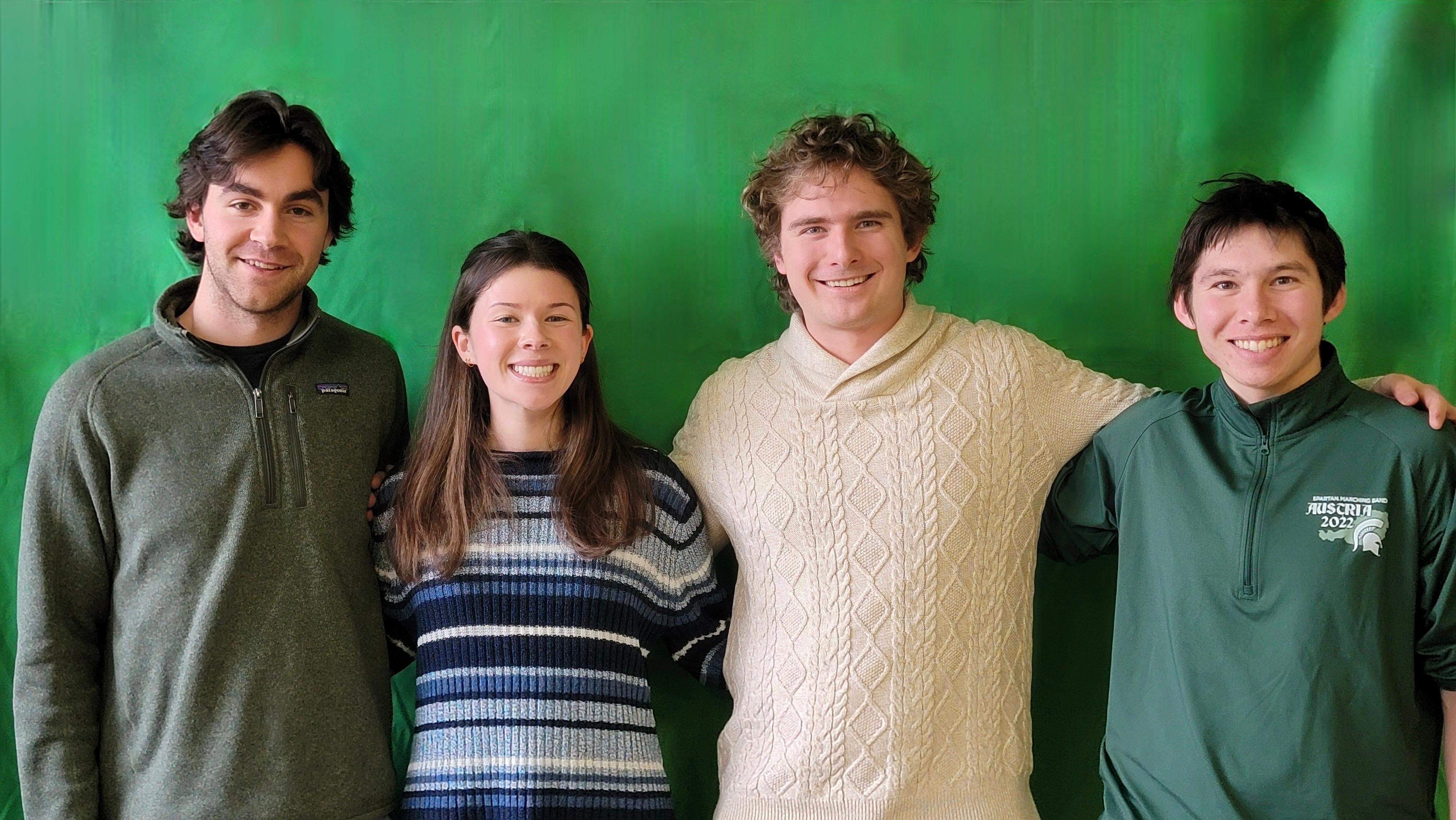
Sponsor – GEI Consultants
Faculty Advisor – Dr. Pouyan Nejadhashemi
Team R^3 worked with GEI Consultants to redesign 2,200 feet of lakeward shoreline of the Ford House Estate on Lake St. Clair. The shoreline is currently hardened with concrete riprap, which provides wave energy protection and mitigates erosion, but also disrupts the ecosystem and destroys nearshore habitat. The team developed a design that includes offshore breakwaters and onshore bioengineering techniques to reduce the cumulative wave energy on the shoreline by 50%. The cost-effective design restores and enhances the habitat for native flora and fauna while stabilizing the shoreline, under the $3M budget.

Team S.L.U.D.G.E. - Glanbia Nutritionals - (project under Non-Disclosure Agreement) - Process Modeling for a Wastewater Treatment Plant

Sponsor – Glanbia Nutritionals (project under Non-Disclosure Agreement)
Faculty Advisor – Dr. Wei Liao, PE
Glanbia Nutritionals utilizes an upflow anaerobic sludge blanket (UASB) digestor to digest solids into biogas within their wastewater treatment plant (WWTP) to clean their water and limit solid waste. Team S.L.U.D.G.E has been called on to inspect the digestor and perform a mass balance to identify accumulation in the system. Over a 5 month period, samples were collected at different locations in the WWTP and tested for carbon, nitrogen, and iron accumulation. A statistical analysis was performed on this data, and a mass balance was calculated. Based on the results of the mass balance, team S.L.U.D.G.E found that accumulation of carbon and iron is occurring, and is recommending sludge removal once every month.
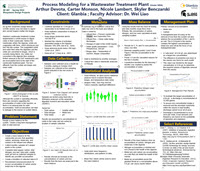
Team Stryker - Stryker (project under Non-Disclosure Agreement) - Medical Device Irrigation System Innovations

Sponsor – Stryker (project under Non-Disclosure Agreement)
Faculty Advisor – Dr. Ilce Medina Meza
The Sonopet iQ® is an ultrasonic aspirator used in spinal and neurological surgeries to resect tissue and bone. Saline is used to cool the device, provide lubrication, and irrigate the surgical site. Currently, there is no system to warn medical personnel that the saline bag is empty. If the saline bag empties during surgery, the device can heat up and potentially damage non-target tissue. To minimize this, a pump revolution counter system was developed to warn hospital personnel when there is ~100 mL of saline remaining. The total amount of saline remaining can be calculated if the volume output per pump rotation is known. A preventative warning system was developed using a single board microcomputer to demonstrate proof of this concept. The warning system features an audio alert along with an LCD screen pop-up. Testing was also performed for this proof-of-concept prototype to determine the average error which was ~6.7%.
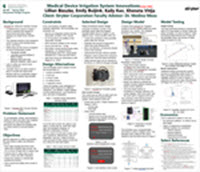
Team Chestnut Crew – Nash Nurseries - In Vitro Growth Chamber for Imported Chestnut Tissue
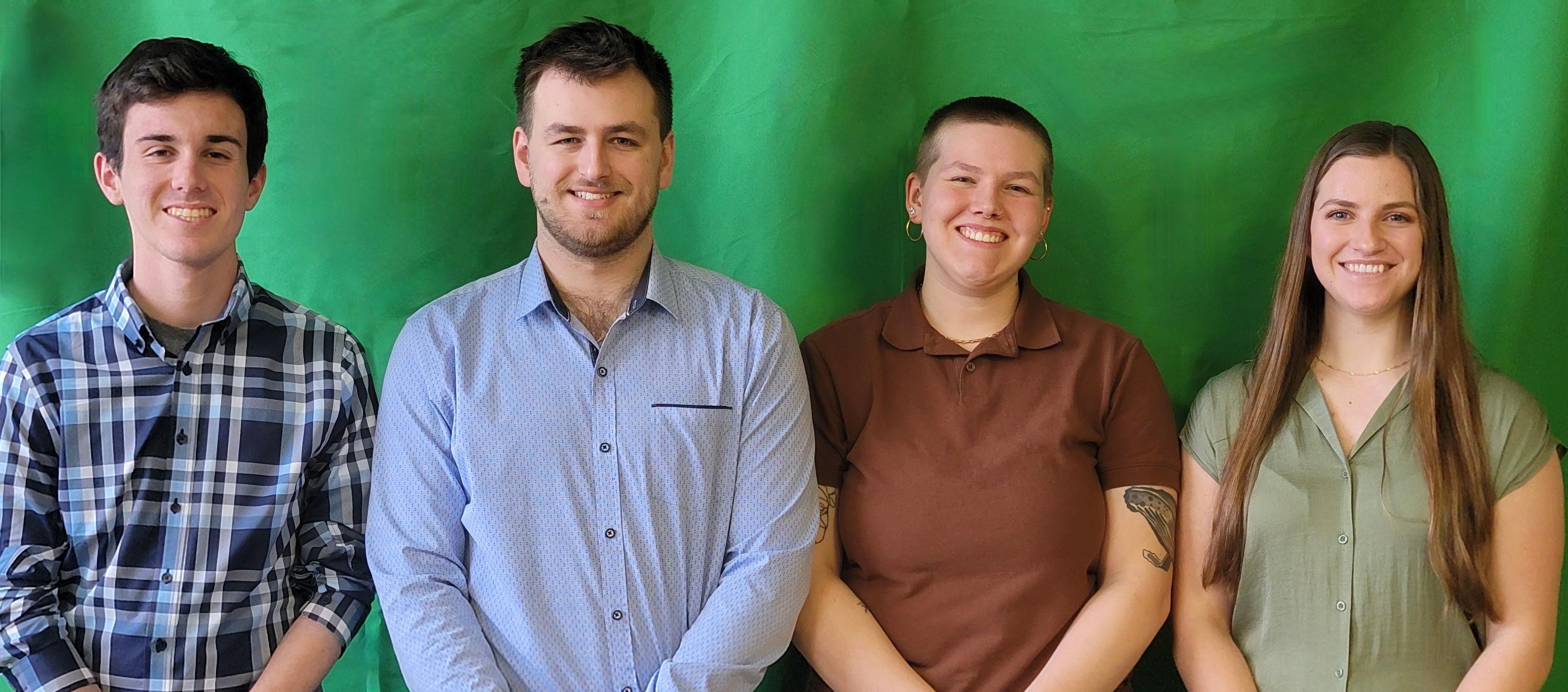
Sponsor – Nash Nurseries
Faculty Advisors – Dr. Yuzhen Lu & Dr. Dan Guyer
The team designed a modular system for growing stage II and III in vitro chestnut tissue in shipping containers that Nash Nurseries will use to revitalize the domestic chestnut industry by raising and selling chestnut cuttings imported from Spain. They estimate that growing enough trees to support the current rate of consumption would produce $40 million in revenue. Fragile in vitro plants must be grown in precise conditions to ensure success. This system uses shelving unit microenvironments to control temperature, humidity, and lighting within 5% of design values. These parameters are automated to reduce labor requirements. This system aims to reduce startup costs by more than 72% compared to currently available systems and to house 10,000 plants at a time.

Team MDARD – Michigan Department of Agriculture and Rural Development - Ergonomic Sampling Tool to Obtain Bulk Feed Samples Safely

Sponsor – Michigan Department of Agriculture and Rural Development
Faculty Advisors – Dr. Daniel Uyeh & Dr. Tim Harrigan
The Michigan Department of Agriculture and Rural Development oversees feed safety and nutrition. Distribution of these feeds has shifted to bulk deliveries, making MDARD need a new system to collect samples. A tool allowing sampling from both the ground and catwalks was developed with ergonomic considerations. The tool consists of a vertical and horizontal portion that meet at a 90° elbow. The vertical portion is made of two identical 4.66 ft long aluminum rods, making the tool able to reach above trucks from the ground. The horizontal portion holds the sampling cup on the end where it will reach under the hopper to collect feed. A back up camera was mounted on the horizontal portion to give inspectors a view of the sampling cup. The tool uses universal connections between its components which allows the cup to be attached to the horizontal segments for catwalk sampling.
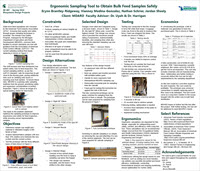
Team Cheddar Masters - Tillamook (project under Non-Disclosure Agreement) - Curd Feed Rate Optimization for Improved Cheese Consistency and Operational Efficiency

Sponsor – Tillamook (project under Non-Disclosure Agreement)
Faculty Advisors – Dr. Jiyoon Yi and Dr. Bahar Aliakbarian
Tillamook is looking to improve the consistency and quality of cheese at their Boardman, Oregon plant. The key attributes used to characterize cheese are pH, salt, and moisture. Maintaining these attributes is essential for product quality. Challenges exist in the Cheddar Master. Curd feed rate variation into the Cheddar Master affects curd bed height, resulting in lower quality cheese, impacting consumer and customer experience. The team designed sequential vat pump over and overlapping vat starts. A stepwise function that governs pump speed and cost analysis for the performance improvements was completed. These improvements return an estimated 4% throughput increase of cheese curd production per vat with a return on investment between 3 and 5 years.
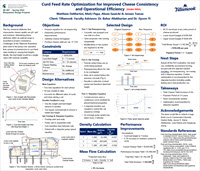



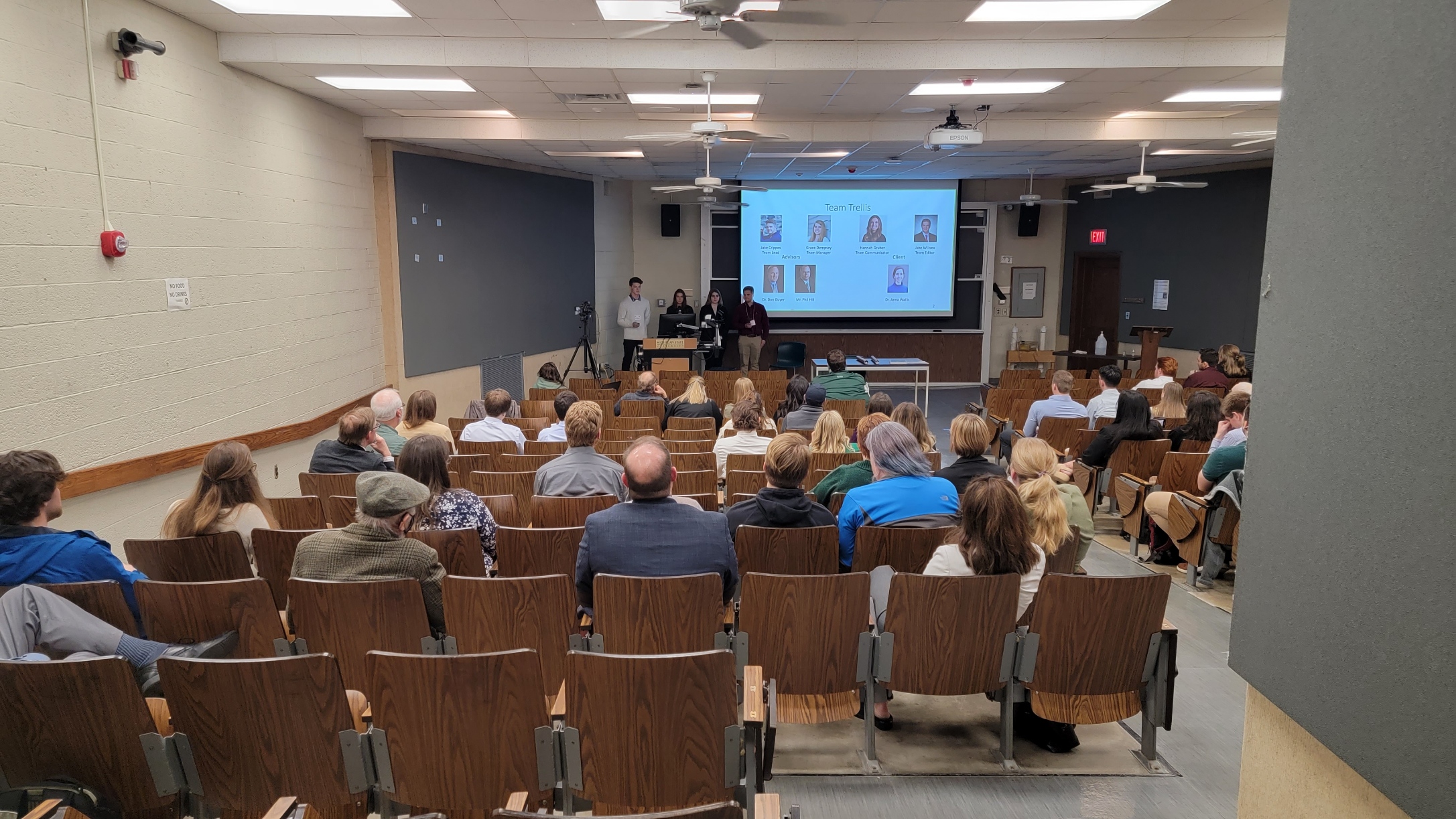
 Print
Print Email
Email